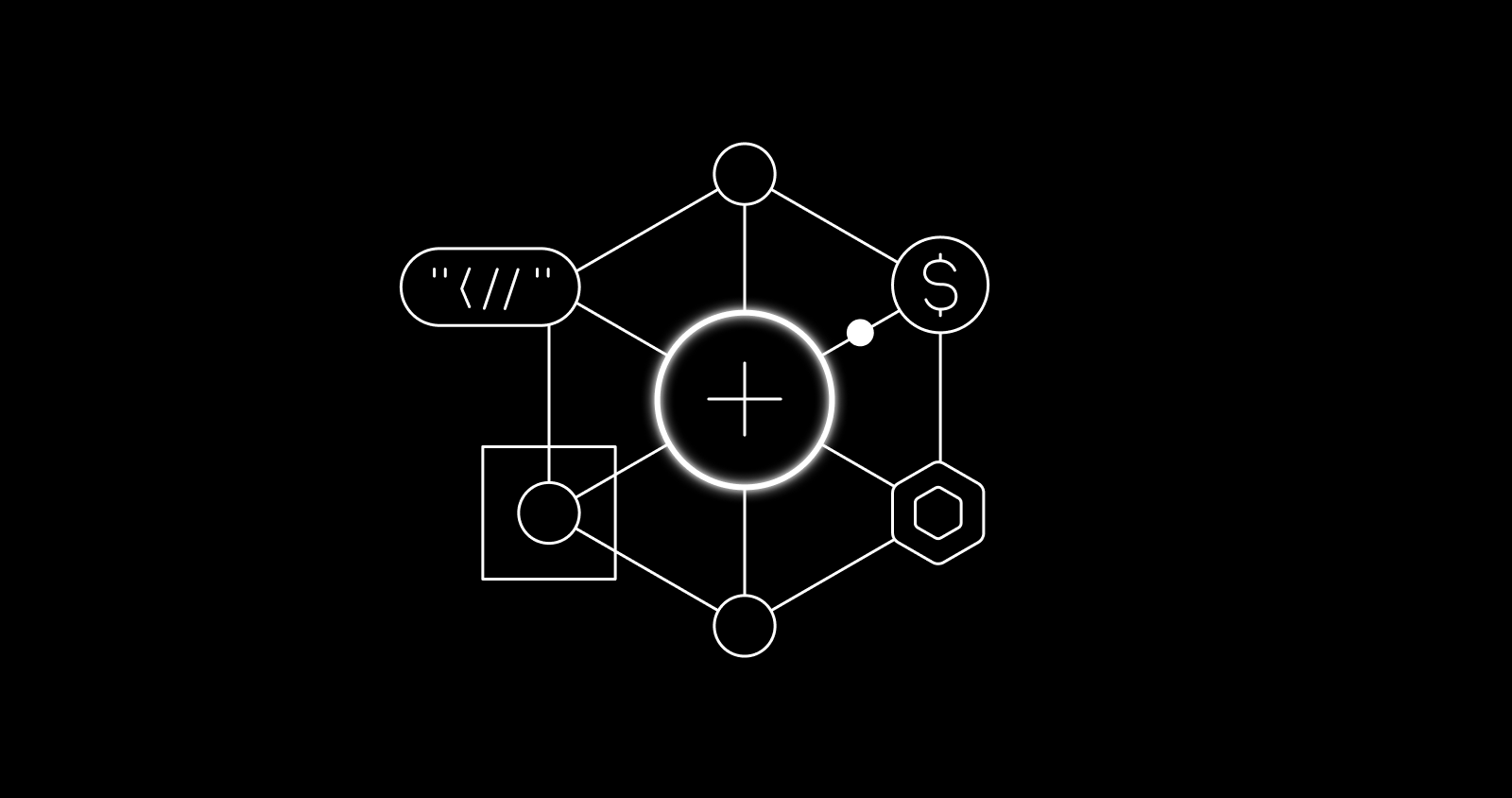
In 2023, thanks to developers like Casey Rodarmor from the Bitcoin dev community, inscriptions became a buzzword in the crypto space. But what are they? Similar to NFTs, you can view them as digital artifacts. Inscriptions are, in short, metadata within the blockchain. For example, if we were to examine ordinals, the metadata is encoded on a satoshi, the smallest unit of Bitcoin. For total clarity, ordinals are a means of tracking individual satoshis, which you can attach data to via inscriptions.
The inscriptions found on the Bitcoin network can include various digital elements, such as text, images, and other forms. They exist as singular digital entries or artifacts within the network, serving as an expansion of the network itself. The inscriptions on the Bitcoin blockchain are remarkable because of their lasting and unchangeable nature.
While it started with Bitcoin, the idea of inscriptions has spread to other cryptocurrencies, causing curiosity and concern among community members. Could these inscriptions change the way we perceive the value of our digital collectibles?
TL;DR
-
Inscriptions emergence: Developers like Casey Rodarmor propelled inscriptions into the crypto space, creating digital artifacts (similar to NFTs) on the blockchain, starting with Bitcoin.
-
Bitcoin’s ordinals and beyond: Writing on satoshis, also known as Bitcoin’s units, has created inscriptions for other cryptocurrencies. This has changed the way digital collectibles are valued.
-
Key developments: Some notable advancements in inscription technology include BRC-20, Ethscriptions, SRC-20, ARC-20, and DRC-20. Each of these developments adds distinctive digital asset capabilities to their respective blockchains.
-
Expanding blockchain functionality: The advancements to inscriptions have brought about different characteristics, such as token creation, extensive transaction data, and the evolution of managing digital assets.
-
Future implications: The developments indicate a significant transformation in blockchain technology, potentially altering the way assets are owned and controlled in the crypto space.
What are inscriptions?
Inscriptions incorporate different forms of information, such as text, images, videos, or smart contracts, onto the smallest unit of Bitcoin, called a satoshi. This process converts these satoshis into distinct digital items, commonly known as NFTs or non-fungible tokens.
Bitcoin inscriptions have evolved significantly, particularly following the introduction of the ordinals protocol by Casey Rodarmor, a core contributor to Bitcoin, in early 2023.
Establishing this protocol marked a crucial turning point in developing the first NFTs on the Bitcoin network. These inscriptions are made possible by the Bitcoin network’s Taproot upgrade, which provided technical support for such innovations.
How do inscriptions work?
Adding information to the Bitcoin blockchain involves using “envelopes.” These envelopes, known as Bitcoin scripts, aren’t executed but are used for storing data. The data is then added to the transaction’s witness data using the segregated witness (segwit) update and Taproot improvement. This method allows for more data to be included in each transaction compared to the previous use of OP_RETURN.
In 2023, inscriptions moved beyond Bitcoin’s ecosystem with Ethereum, Solana, and Dogecoin all introducing inscriptions to their communities. Will other token standards catch on too?
What are the technical challenges of inscriptions?
A major obstacle in the technical aspect is the oracle issue. Due to the nature of blockchains, they need to be more capable of verifying the accuracy of real-world data. This creates a need for a certain level of trust for the system to function, which goes against the trustless principle of blockchain.
Updates and corrections
An additional concern arises when making changes or fixes to existing inscriptions. The unchangeable characteristics of blockchain imply that it can’t be modified or removed once information is recorded. This presents a challenge when attempting to update agreements or rectify errors, as any adjustments would call for a new transaction, causing financial strain and restricting progress.
Scaling and privacy issues
The addition of inscriptions on a blockchain can also cause it to become bloated with non-financial data, resulting in problems with scalability. Each node in the network is responsible for storing and handling this extra information, potentially causing a need for more powerful hardware and increased internet usage, which could impact decentralization. But in recent developments, the Runes protocol has offered a solution to help reduce the bloat.
Network congestion and transaction fees
The surge in inscription-related transactions has led to network congestion on multiple blockchains. This transaction increase has resulted in higher transaction fees and delayed processing times. For example, the Bitcoin network experienced significant congestion and increased fees due to the popularity of BRC-20 transactions.
What are the top trending inscriptions?
BRC-20
BRC-20 is a new token standard on the Bitcoin blockchain, enabling the creation of fungible tokens using ordinal inscriptions. The inclusion of NFT capabilities for Bitcoin, similar to Ethereum’s ERC-20 standard, uses a Proof of Work system and doesn’t offer support for smart contracts.
This standard diversifies Bitcoin’s functionality, fostering innovation in digital assets like meme coins. Even with difficulties and discussions among Bitcoin users, the introduction of BRC-20 is a notable advancement in broadening the potential uses of Bitcoin and improving its digital asset environment.
Ethscriptions
Ethscriptions enables the generation and trading of digital objects recorded on the Ethereum blockchain. Taking inspiration from Bitcoin’s original recordings, it allows individuals to incorporate information — and specifically visuals — directly into Ethereum transactions, presenting a fresh method for managing digital assets.
Many believe the Ethereum ecosystem has been enhanced significantly by this protocol, which challenges the conventional functions of blockchain and broadens the range of possibilities for Ethereum. It showcases Ethereum’s flexibility and potential for creative use, encouraging a new era of digital assets and data storage on the blockchain.
SRC-20
Bitcoin’s blockchain has a token standard called SRC-20, which allows for the creation of digital collectables known as Bitcoin Stamps. This standard allows for the inclusion of data directly into transactions, bringing a new efficiency level to managing digital assets on Bitcoin.
The introduction of this advancement broadens the capabilities of Bitcoin beyond its primary purpose as a means of preserving wealth, transforming it into a flexible platform for distinct digital possessions. SRC-20 marks a notable change in Bitcoin’s role in cryptocurrency, defying conventional beliefs and unlocking fresh opportunities.
ARC-20
ARC-20 is a set of rules dictating how tokens are made on Bitcoin’s blockchain. The tokens are called fungible tokens and use satoshis, which allows them to work with Bitcoin’s system and gives each token value. Meanwhile, Atomicals are a different way to manage digital assets on Bitcoin.
The latest developments show Bitcoin’s adaptability in managing digital assets and tokens. ARC-20 and Atomicals offer new opportunities for asset management on Bitcoin, highlighting its potential in decentralized finance and expanding its use.
DRC-20
The Dogecoin blockchain has introduced a fresh token standard called DRC-20, allowing users to generate fungible tokens and NFTs, similar to Ethereum’s ERC-20. This standard boasts speedy transactions, affordable fees, and effortless token generation.
By diversifying Dogecoin’s abilities, this standard expands its potential uses and strengthens its position in the crypto market.
Runes Protocol
Runes Protocol is a novel Bitcoin-based system for efficient fungible token management, emphasizing simplicity and transaction efficiency. This development aims to improve Bitcoin’s scalability and usability, potentially transforming its utility in digital asset management. It introduces the UTXO-based fungible token protocol to provide a more streamlined approach to fungible tokens.
SATS
SATS is a BRC-20 token on the Bitcoin blockchain, not to be confused with ‘sats’ (the smallest Bitcoin unit), and represents a step towards hosting fungible tokens on Bitcoin. This token demonstrates innovation in the Bitcoin ecosystem, offering new functionalities like tokenization and peer-to-peer transfers, despite challenges and community debates on its impact
SPL-20
SPL-20 inscriptions on Solana’s blockchain enable direct digital art and NFT storage, moving away from traditional external storage methods. They mark a significant advancement in blockchain technology for integrated digital asset creation and management, particularly in digital art and NFTs.
Recursive inscriptions
The ordinals community has implemented a method of recursive inscriptions on Bitcoin’s blockchain, which allows for the storage and execution of sophisticated software. This approach enhances data storage efficiency on the blockchain by connecting data from previous inscriptions to new ones. The inclusion of these inscriptions is another advancement for the abilities of Bitcoin, and opens up the possibility for more complex functions and smart contracts.
The final word
Inscriptions, akin to NFTs, are digital artifacts embedded within the blockchain that mark a shift in how digital collectibles are valued and perceived. Originating for Bitcoin, where metadata is inscribed onto satoshis, this feature has since spread to other cryptocurrencies.
Today, inscriptions can be applied from the Ethereum blockchain through to that of the memecoin Dogecoin, introducing distinct features to individual blockchains. That includes developing interchangeable tokens and virtual collectibles and incorporating complex data and graphics into transactions.
This wave of innovation is reshaping what’s possible from major assets such as Ethereum, Dogecoin, and Solana, expanding the scope and capabilities of digital asset management and ownership in the blockchain space.
Source: OKX.com






